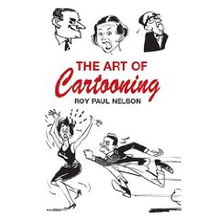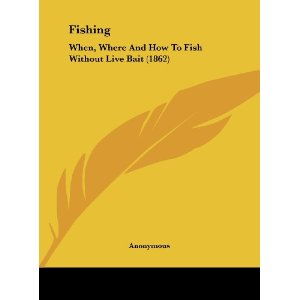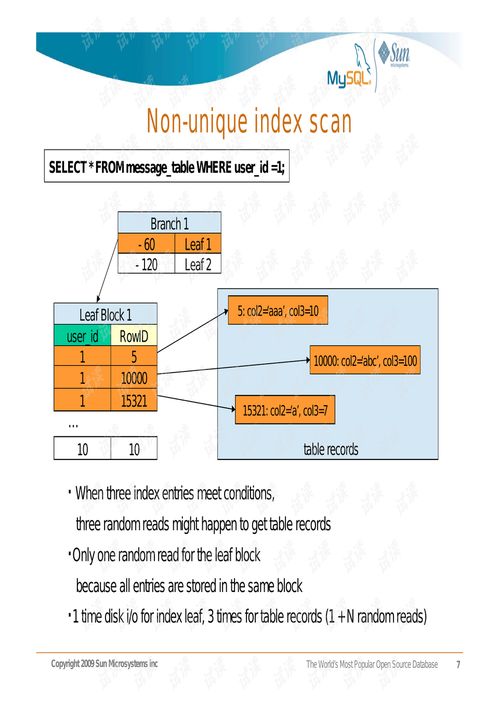Content:
Introduction: Fishing, an ancient pastime that has been cherished by many for generations, requires not only patience but also a keen understanding of the basics. One of the fundamental tools in a fisherman's arsenal is the fish hook. Properly using a fish hook can significantly increase your chances of catching fish. In this article, we will delve into the world of fishing hooks and provide you with essential tips on how to use them effectively.
Choosing the Right Hook: The first step in mastering the art of using fishing hooks is to choose the right one for your target species. Here are some factors to consider when selecting a fish hook:

Size: The size of the hook should correspond to the size of the bait and the species you are targeting. Larger hooks are suitable for larger fish, while smaller hooks are better for smaller fish.
Shape: Different shapes of hooks are designed for different purposes. For example, a circle hook is excellent for live bait fishing, while a treble hook is ideal for luring fish with artificial lures.
Material: Hooks are made from various materials, including stainless steel, brass, and tungsten. Stainless steel is durable and corrosion-resistant, while tungsten is the strongest and heaviest material, which can be advantageous in certain fishing conditions.
Barbs: Some hooks come with a straight barb, while others have a bent barb. The choice depends on your preference and the fishing technique you are using. Bent barbs can be easier to remove from fish, but straight barbs can be more effective in holding onto the fish.
Proper Hooking Techniques: Once you have selected the appropriate hook, it's time to learn how to use it effectively. Here are some key techniques to keep in mind:
Hook Set: When a fish bites, it's crucial to set the hook quickly and firmly. To do this, lift the rod tip with a quick, upward motion, allowing the hook to sink into the fish's mouth. Avoid a violent or jerky movement, as this can spook the fish.
Baiting: The way you bait your hook can greatly affect your chances of catching fish. For live bait, such as worms or minnows, thread the bait onto the hook so that it's slightly exposed. For artificial lures, position the lure so that it mimics the natural movement of the fish's prey.
Leader Length: The length of your leader can impact your fishing success. A longer leader allows the bait to move more naturally, while a shorter leader can reduce tangles and provide more sensitivity. Experiment with different leader lengths to find what works best for your fishing situation.
Rigging: The way you rig your hook can also affect your fishing experience. There are various rigging techniques, such as the Carolina rig, Texas rig, and drop shot rig. Each technique has its advantages and is suitable for different types of fishing.
Maintaining Your Hooks: Proper maintenance of your fishing hooks is essential for their longevity and effectiveness. Here are some tips to keep your hooks in good condition:
Regularly inspect your hooks for any signs of damage, such as bent or rusted hooks. Replace damaged hooks immediately.
Clean your hooks after each use to remove any debris or residue. This will help maintain the sharpness of the hook and prevent corrosion.
Store your hooks in a dry, cool place to prevent rust and other forms of damage.
Conclusion: Using fishing hooks effectively is a skill that takes time and practice to master. By selecting the right hook, employing proper hooking techniques, and maintaining your hooks, you can significantly improve your chances of catching fish. Remember that fishing is an art form, and with patience and dedication, you can become a seasoned angler who knows how to use fishing hooks like a pro. Happy fishing!












